Understanding Brand Awareness
Photo Credit: Model photo by Wayhome Studio. Background by zephyr_p. Both via Adobe Stock. Design by Colin Finkle.
Brand Awareness is a count of the people who know about your brand.
Brand awareness is the number of people who dedicate at least one neuron to a brand. If they have any awareness of a brand, then they count in the total that is defined as brand awareness.
The brand that has the highest brand awareness is Coca-Cola. About 7.1 billion people would recognize the Coca-Cola logo if you showed it to them. That is 94% of the population of the Earth, which is staggering considering that only half of the earth recognizes the cross as a symbol of Christianity.
Brand awareness is the breadth of the brand. It is one of the two orthogonal factors that make brand equity (the value of a brand), the other one being brand depth. The separation of brand awareness from brand depth is why I say that a person need only have one singular bit in their memory banks dedicated to a brand to count towards awareness; obviously, those people will range on a scale from “yeah, I think I heard of them” to “oh my God, I am their most avid customer.” As long as someone sits anywhere on that scale, then they can be counted for a brand awareness statistic.
Brand Awareness definition
noun.
1. the number of people who know about an organization, person, product or concept.
“the brand awareness of Coca-cola is high; you would be hard-pressed to find a person who has never heard of Coke.”
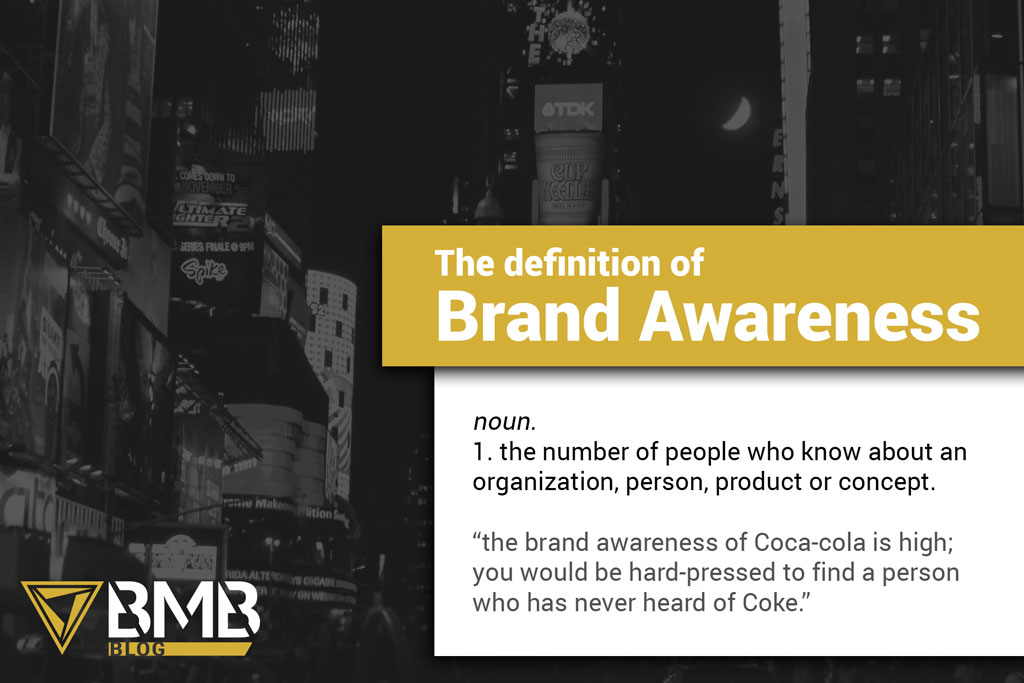
Working with Brand Awareness
How do you build Brand Awareness?
Promote your brand in a way that reaches a lot of people for low cost.
A brand builds brand awareness with any promotion that has high reach for a low cost.
Brand Awareness means you want to reach as many people as possible; the depth of the connection or the amount of information communicated is not crucial for brand awareness. Additionally, a visual promotion will be preferable over audio or text.
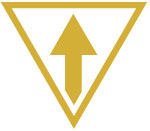
Promotional channels that build brand awareness are: banner ads, print ads, TV spots, billboards, contests, viral videos, flyers, co-branding, sponsorships, charitable giving, blogs, media appearances and more.
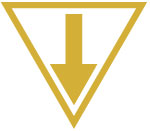
Channels that are not cost-effective in building brand awareness are infomercials, advertorials, websites, sampling, coupons, events, direct mail, and more. These forms of promotion drive brand depth, not brand awareness.
21 Tips to grow Brand Awareness
- Sticky Brand Name: Choose a catchy brand name.
- Unique Logo: Have a logo designed that is simple yet memorable.
- Distinctive Colors. Choose unique, attractive colors that distinguish your business from competitors.
- Location: Choose a site where people in your target market regularly pass by, such as off a main road, a train stop, near a government service center, or a popular coffee shop.
- Signage: Make sure your signage is visible and eye-catching.
- Visibility in Directories: Make sure your brand is visible where customers look for products or services of your type.
- Local Area Signage: Talk to your local municipal government to see if you can be on road signs in your area.
- Local Directory Signage: Talk to your leasor to see if you are entitled to be on signage that is part of your location such as mall directories or parking lot signs.
- Viral Content: Post social media content that is unique and capitalizes on viral trends.
- Influencers: Identify and develop relationships with social media personalities trusted in your market.
- Cross Promotion: Collaborate with other businesses to cross-promote each other. The Chamber of Commerce is a great place to develop these relationships.
- Trade Shows: Attend trade shows as a presenter or vendor. Brand your presentation and trade show booth.
- Word-of-Mouth: Create a referral program to incentivize customers to tell a friend.
- Content Marketing: Commission or write helpful guides in your niche. Encourage readers to share on social media.
- Sponsorship: Sponsor local events, sports teams, etc.
- Charity: Partner with a local charity for a cause near and dear to your target customer’s heart and lead a fundraising drive.
- Promotional Campaign: Launch contests or giveaways that excite your target audience.
- Social Media Advertising: Use the paid promotion features in social media or develop ads focusing on brand awareness (not direct response).
- Search Engine Marketing (SEM): Use Google Ads to place your brand at the top for common searches by your target market.
- Google Business Profile: Fill out and regularly update your Google Business Profile so you show up on local searches in Google Maps.
- Earned Media: Develop innovations that media will cover or newsworthy events like record-setting. Use press releases to get the word out.
How do you measure Brand Awareness?
Counting the people aware of your brand is only possible through sampling.
The correct way, but the utterly unfeasible way, of measuring brand awareness is to poll everyone on the earth and the number of people who say they have heard of your brand if your brand awareness statistic.
We cannot poll the entire world, but we can pole a representative sample of a population and extrapolate it to the rest of the population with a high degree of certainty. You do that by:
- Determine the population of a group in which your brand lives (eg. for a local restaurant brand: group = the people of a town, population = 194 000)
- Poll a significant amount of people within the above group (eg. 100-1000 town residents)
- Divide the people who recognize your brand from the total number polled (eg. 36 recognized / 144 poled = 0.25)
- Multiply that number by the original population to arrive at brand awareness (eg. 194 000 x 0.25 = 48,500 people)
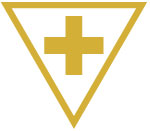
Why you should care about Brand Awareness.
People can’t buy from you if they don’t know about you.
You can only sell to people who are aware of your product and service, so brand awareness is an essential first step in the brand cycle. If people know about your brand signal an interest in your product, then you can deepen the relationship through deeper forms of advertising or outreach from a salesperson.
Brand awareness is also important if your product is an impulse purchase, such a confectionery or beverage. Staying top of mind is most of the battle if there is not much thought in the purchase decision. This is why we see crazy advertising that has nothing to do with the product from brands like Mountain Dew.
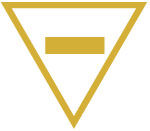
Why you shouldn’t care about Brand Awareness.
High engagement is better than high brand awareness… everytime.
Being a well-known brand does not mean a brand is successful. Which is the more successful brand? A famous brand that has no customers, or a relatively unknown brand that has high paying customers who love the product. Brand awareness only has value when paired with brand depth; brands that are a mile wide but an inch deep have limited value.
Also, it only pays to have brand awareness with the types of people who can become customers of or advocates for your brand. As a Canadian growing up in Toronto, I saw many ads for car dealerships and furniture depots in Western New York but that advertising was lost on me as I could never be a customer of theirs. Brand awareness only matters within the circle of people who can use the brand’s product or service.
What you should be seeking is to create a brand with meaning to the people who are aware of it. People who are aware of the brand should know it’s product or service, mission and have some emotional associations with it.
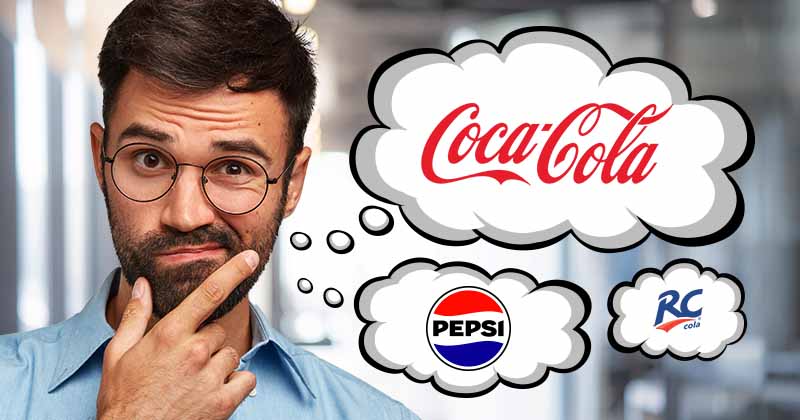
Leave a Reply